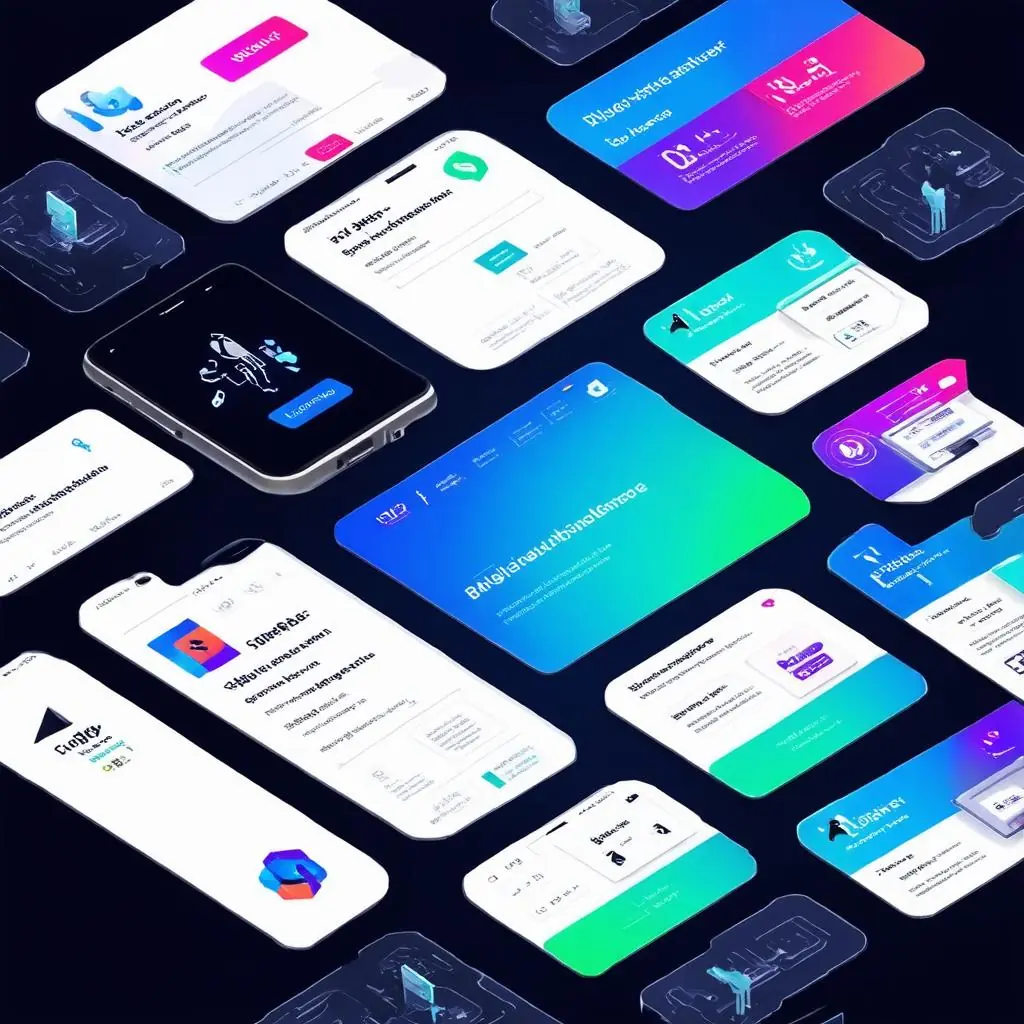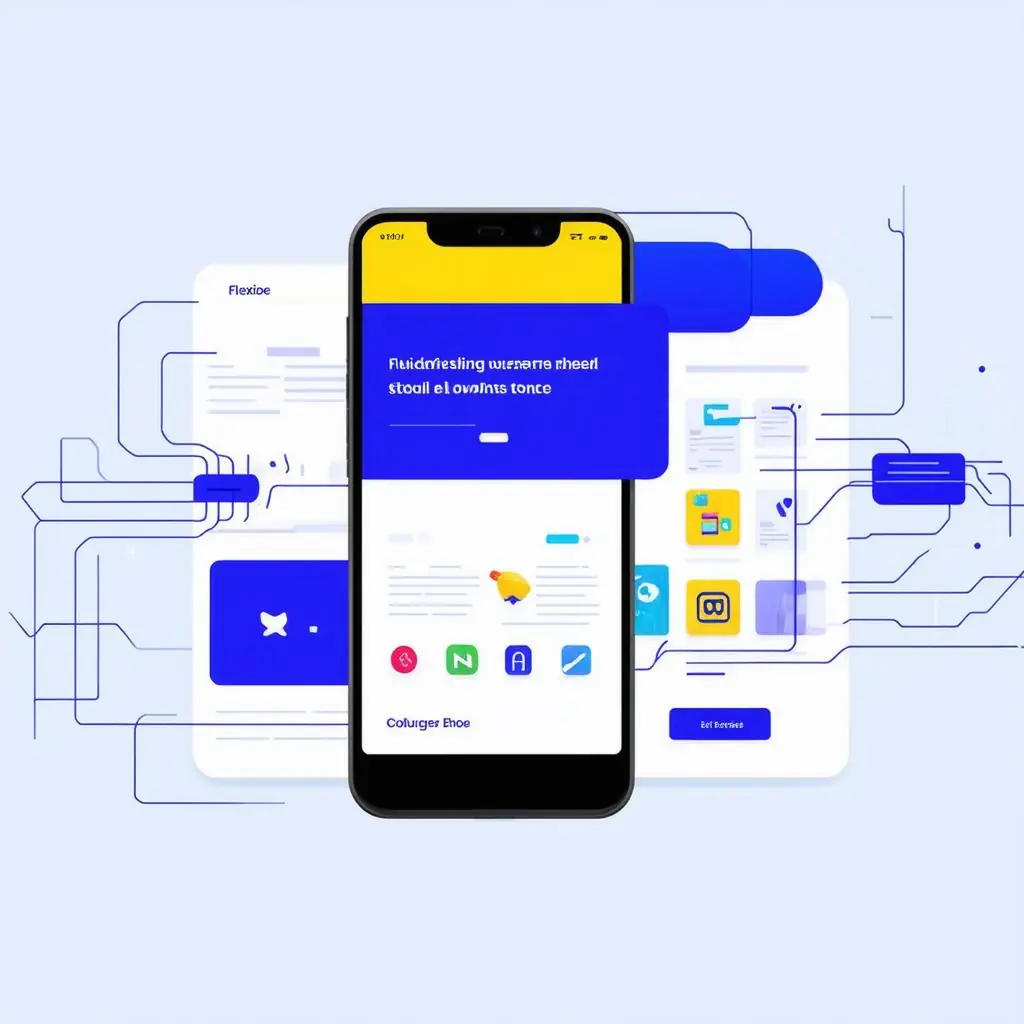Recently, a prestigious international web design competition unveiled prominent trends that are shaping the future of digital interfaces. The competition evaluated entries across several sub-categories, including innovation in user experience, design aesthetics, and functionality. The judging criteria focused heavily on originality, technical excellence, and the ability to create engaging digital experiences. By examining these elements, we gain insight into the direction of modern web design and the benchmarks for excellence.
Small business owners and web designers alike should take note of the crucial trends that emerged. Key among these were user-centric design, mobile responsiveness, and a strong focus on accessibility — elements that are not just fashionable but necessary for crafting meaningful user interactions.
Embracing User-Centric Design
User-centric design was a standout trend in this year’s competition, highlighting the shift towards interfaces that prioritize the end-user’s needs and experiences. By understanding user personas, web designers can create intuitive and seamless journeys. This approach not only improves customer satisfaction but also fosters brand loyalty.
For small business owners, adopting a user-centric philosophy can be a game-changer. A website that successfully anticipates and responds to user actions can significantly enhance conversions and engagement. Investing in user research and usability testing can yield invaluable insights that inform design iterations and ultimately create a more compelling online presence.
Mobile Responsiveness and Accessibility Standards
The importance of mobile responsiveness cannot be overstated, as the competition reinforced the necessity for websites to provide consistent experiences across devices. As mobile internet usage continues to eclipse desktop usage, ensuring that websites are optimized for all screen sizes is imperative.
Alongside responsive design, adherence to accessibility standards is gaining momentum. Accessibility involves designing websites that can be used by everyone, including individuals with disabilities. Implementing accessible features not only extends a website’s reach but often improves usability for all users. Features such as alternative text for images, keyboard navigation, and readable color contrasts were recognized as critical components of the competition’s leading entries.
Leveraging Trends to Enhance Online Presence
By integrating these trends, small business owners can elevate their digital footprint and attract a wider audience. A well-designed website that prioritizes user engagement and accessibility can serve as a powerful tool for growth. Business owners should consider partnering with web design agencies that champion these values, ensuring their investment leads to long-term success.
Adopting cutting-edge web design strategies may require upfront effort, but the payoff in customer acquisition and retention can be substantial. Understanding these trends and how to apply them can provide businesses with a competitive edge in an increasingly digital marketplace.
The Inspirational Role of Design Competitions
Finally, the role of design competitions in fostering innovation cannot be overlooked. Such events not only celebrate design prowess but also inspire participants to push creative boundaries. Engage with new ideas, methodologies, and technologies through competitive fields, allowing designers and developers to continuously refine their craft.
For web designers, entering competitions can lead to professional growth and recognition, while for business owners, aligning with award-winning designers can assure quality and innovation. As the digital landscape evolves, staying informed and embracing innovative practices will be crucial for continued success.
By participating in or following these competitions, both web designers and small business owners can stay ahead of the curve, ensuring that their web presence is not only current but also forward-thinking. Adopting these trends and insights will pave the way for more engaging and effective digital experiences.



